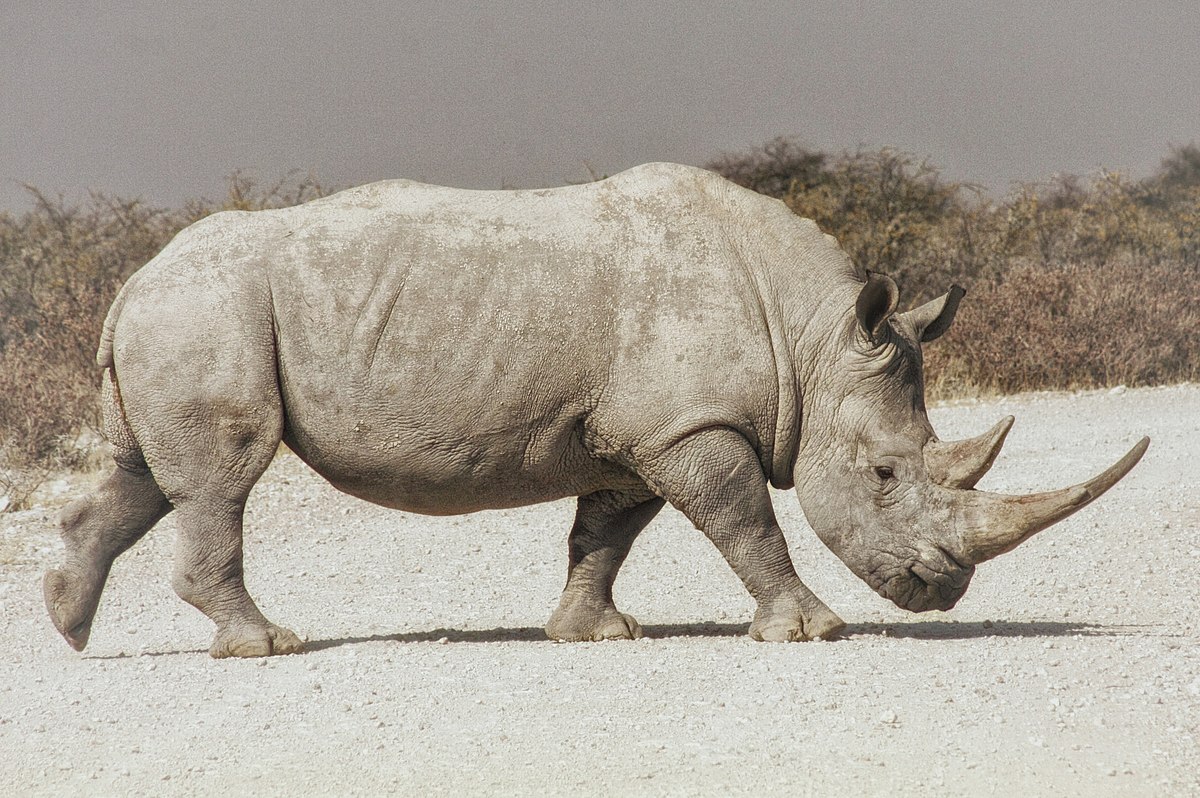|
|
Post by Infinity Blade on Jan 7, 2014 3:46:22 GMT 5
White Rhinoceros-Ceratotherium simumAge: Holocene (present day) Diet: Plants Weapons: Two nasal horns  © @ Rodrigo J De MarcoStyracosaurus albertensisAge: Late Cretaceous; Campanian (76 Ma) Diet: Plants Weapons: Nasal horn, beak, frill horns  © @ Max Bellomio
|
|
Carcharodon
Junior Member
  Allosauroidea Enthusiast
Allosauroidea Enthusiast
Posts: 211
|
Post by Carcharodon on Jan 7, 2014 5:19:10 GMT 5
It would be a pretty damn good fight, but i think styracosaurus would have the edge here. Their horns are more or less even, but then the styracosaurus is better protected by having that frill with huge spikes projecting out of it. It also has a powerful beak it can use as another weapon.
|
|
|
|
Post by Infinity Blade on Jan 11, 2014 23:51:26 GMT 5
Weight estimates for Styracosaurus vary, but it looks like they most consistently hit >3 tonnes. One of the most recent estimates I'm aware of actually has a mean estimate of >4 tonnes ( Ruben, 2013). Not only does it appear that Styracosaurus is AT LEAST a tonne heavier than your average bull white rhinoceros (2.3 tonnes vs AT LEAST ~3.3 tonnes), but based on what paleontologists Bob Bakker and Greg Paul have said in the past, they were proportionately much more impressive too. I made a whole post comparing ceratopsids to rhinos (and elephants), which you can view here->. But in summary, ceratopsids had longer, thicker, and more muscular legs than rhinos of similar size (as evidenced by the much greater area for leg muscle attachment). Ceratopsids were also much more strongly built than rhinos in terms of bone robustness, according to Greg Paul. This includes: - a heavier, apneumatic skull with a bony secondary skull roof (disregarding any mass the frill and the horns on it add) - much more massive vertebrae (just look at a Styracosaurus skeletal and compare it to a rhino skeleton) braced by ossified tendons (which rhinos obviously don't have) - clearly longer scapular blades (okay, technically more about muscle attachment/propulsion leverage than "robusticity") - much more massive and robust pelvic girdles - more massive and/or robust leg bones (all of them, in fact) In a fight, these morphological advantages would pay off well. The Styracosaurus is built like the rhino, but is more impressive in literally every way. The only thing the rhino has going for it is the fact that its double horn arrangement allows it to wrestle and lock horns with another animal more easily. But you can hardly call that an advantage when the ceratopsian is basically like a rhino on steroids. |
|
|
|
Post by dinokid202 on Jan 22, 2014 4:24:01 GMT 5
dinosaur takes this. i cannot see how the rhino would even be close to winning. its horns were smaller and it didnt have nearly as many (styracosaurus had long horns even on its frill! talk about protection!)
|
|
Deleted
Deleted Member
Posts: 0
|
Post by Deleted on Mar 27, 2018 10:36:04 GMT 5
Dinosaur takes this. But that Styracosaurus picture looks exagerrated.
|
|
|
|
Post by dinosauria101 on Feb 12, 2019 21:08:42 GMT 5
Dinosaur wins, it's larger and has the better weapon
|
|